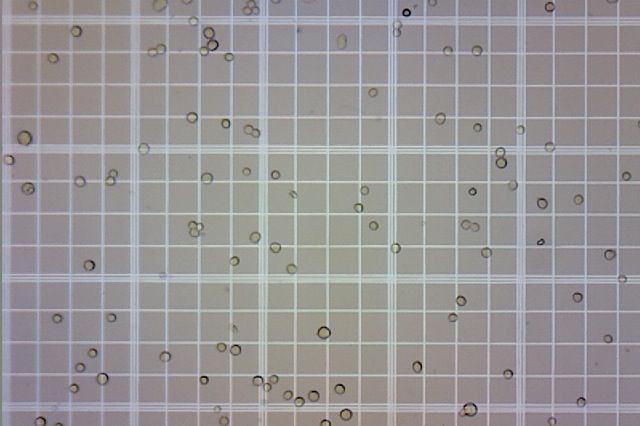New Understanding Of Cellular Movement May Improve Treatments For Complex Disease

A new discovery about cellular movement within the body may provide insight into the disease mechanisms of metastasizing cancer or the constriction of airways caused by asthma.
Like a school of fish or molecules of water, skin cells and others forming the body barrier are propelled by internal and external forces toward any unfilled spaces they encounter, according to researchers at Harvard School of Public Health and the Institute for Bioengineering of Catalonia.
"We were trying to understand the basic relationship between collective cellular motions and collective cellular forces, as might occur during cancer cell invasion, for example," Jeffrey Fredberg, of Harvard, told reporters. "But in doing so we stumbled onto a phenomenon that was totally unexpected."
As a collaboration among biologists, engineers, and physicists from the two institutions, the research team found unexpected insight into the collective cellular motion that plays a key role in bodily functions such as organ development, tumor growth, and recovery from wounds. By devising a technique they call monolayer stress microscopy, they measured the forces affecting a single layer of moving epithelial cells, examining the speed, direction, and traction of cells down in their little world.
As expected, the investigators found that obstacles placed in the path of an advancing cell layer -- such as a gel providing no traction -- moved to the side, tightly hugging the passing layer. But researchers were surprised to see the cells not only moving forward upon the passing of the layer but moving collectively backward, filling the space like a temporary vacuum. This process researchers dubbed "kenotaxis," from the Greek words "keno" and "taxis, meaning vacuum and arrangement, given that the cells appeared to be filling a vacuum.
The discovery may help researchers now better understand cellular behavior when evaluating potential drug therapies for a variety of complex diseases, including cancer, asthma, cardiovascular disease, developmental abnormalities, and glaucoma. It might also speed the development of tissue engineering and regenerative medicine, which rely on cell migration.
The vast majority of all cancers, carcinomas, involve such epithelial cells, while asthma is believed to involve the movement of damaged epithelial cells in the lungs.
Lead investigator Jae Hun Kim expressed surprise at the discovery. "It was amazing to us that the cellular collective can organize to pull itself systematically in one direction while moving systematically in an altogether different direction," he said.
Source: Butler, James, Fredberg, Jeffrey, Park, Jin-Ah, Gweon, Bomi, Millet, Emil. Unexpected Discovery Of The Way Cells Move Could Boost Understanding Of Complex Diseases. Nature Materials. 2013.
Published by Medicaldaily.com



























